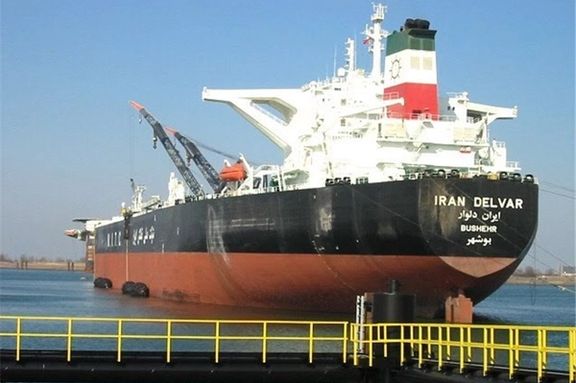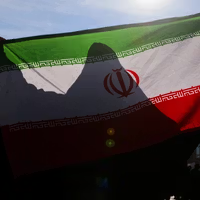Two overnight earthquakes, measuring 3.0 and 3.3 in magnitude, struck Varamin—a densely populated and impoverished town southeast of Tehran—on March 14. While the tremors were felt in the southern parts of the capital, no casualties were reported.
Just a day before the incident, a member of Iran's International Institute of Earthquake Engineering and Seismology (IIEES) warned that Tehran was at greater risk than ever of experiencing a devastating earthquake.
Seismologist Fariborz Nateghollahi cautioned that a magnitude 7.0 earthquake could result in up to six million casualties. He also criticized the government’s crisis management efforts, highlighting the lack of preparedness and inadequate training for such a disaster.
Tehran’s seismic vulnerability
Greater Tehran, now home to over 10 million people, sits in a seismically active region with three major fault lines and many smaller ones.
A study conducted in collaboration with the Japan Cooperation Agency (JICA) a few years ago found that these fault lines have the potential to trigger earthquakes of magnitude 7.0 or higher, potentially destroying up to half of the city's buildings.
Seismologists, including Nateghollahi, have repeatedly warned that based on historical seismic cycles, any of these fault lines could become active at any time soon.
A 2018 IIEES study estimated a 40–70% probability of a major earthquake within a 100-kilometer radius of central Tehran in the next two to 12 years.
The last major earthquake in what is now Greater Tehran occurred in 1830, with a magnitude of 7.1, striking Shemiran—a small village at the time. Over the past few decades, Shemiran has transformed into one of the capital’s most affluent districts, now filled with high-rises, government buildings, and shopping malls.
High-risk areas
The southeastern part of Tehran, also situated on a major fault line, is considered the city’s most vulnerable area. It is characterized by densely packed old buildings and narrow streets, which would severely hinder rescue operations in the event of a major earthquake.
Additionally, the region has suffered from land subsidence due to a drastic decline in underground water levels over the past few decades.
A capital under strain
Authorities say the 47 percent drop in rainfall in Tehran province, the worst in the past 57 years, has seriously depleted the water reserves of several dams that supply the city’s drinking water. Images published in recent weeks showed that Karaj dam, one of the largest, had almost completely dried up. The dams also contributed to electricity generation to feed the capital, which has been experiencing regular power cuts in the past few months.
Iranian authorities, including President Masoud Pezeshkian, have on various occasions spoken of the need to relocate the country's capital due to its extreme vulnerability to major earthquakes.
In recent years, a shortage of water resources, land subsidence due to a decline in underground water levels, and air pollution have also become serious threats to the survival of the capital, established in 1786.
A history of devastation
Iran is one of the most seismically active countries in the world, with approximately 575 identified fault lines. Earthquakes of varying intensity are common, often resulting in significant casualties and destruction.
In 1990, a 7.4 magnitude earthquake struck Manjil and Roudbar in the Caspian mountains, killing between 35,000 and 50,000 people. Thirteen years later, a 6.6 magnitude earthquake devastated the southeastern city of Bam, claiming at least 34,000 lives.













